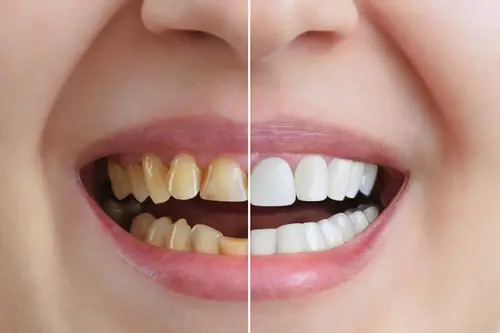
Full-mouth rehabilitation, also known as full-mouth reconstruction, is a comprehensive and customized dental treatment plan involving restoring or rebuilding the entire dentition, including the upper and lower jaws. It is typically recommended for patients with extensive dental problems or complex oral health issues that affect multiple teeth and the overall function and aesthetics of the mouth.
At Sage Brush Dental Health, the process begins with a thorough evaluation by our dentist. This evaluation may include a comprehensive examination, dental X-rays, impressions, and other diagnostic tests to assess the condition of the teeth, gums, jaw joints, and other oral structures. The dentist will identify any dental issues, such as tooth decay, gum disease, bite problems, missing teeth, or structural abnormalities. Based on the evaluation, the dentist will develop a personalized treatment plan that addresses all dental issues and concerns.
Types of Full-Mouth Rehabilitation Procedures
Dental Crowns
Dental Implants
Dental Veneers
Dental Fillings and Bonding
Benefits of Full-Mouth Rehabilitation
Improved Oral Health
Full-mouth rehabilitation addresses multiple dental issues, such as decay, gum disease, missing teeth, or bite problems. Restoring or replacing damaged teeth, treating gum disease, and correcting bite alignment, help improve overall oral health and function.
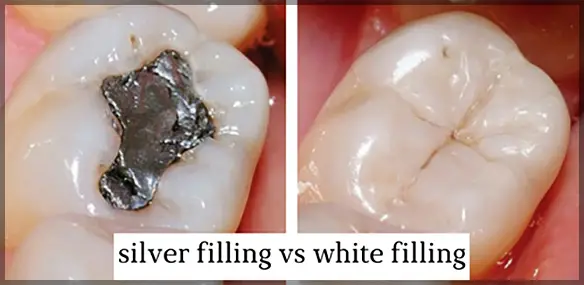
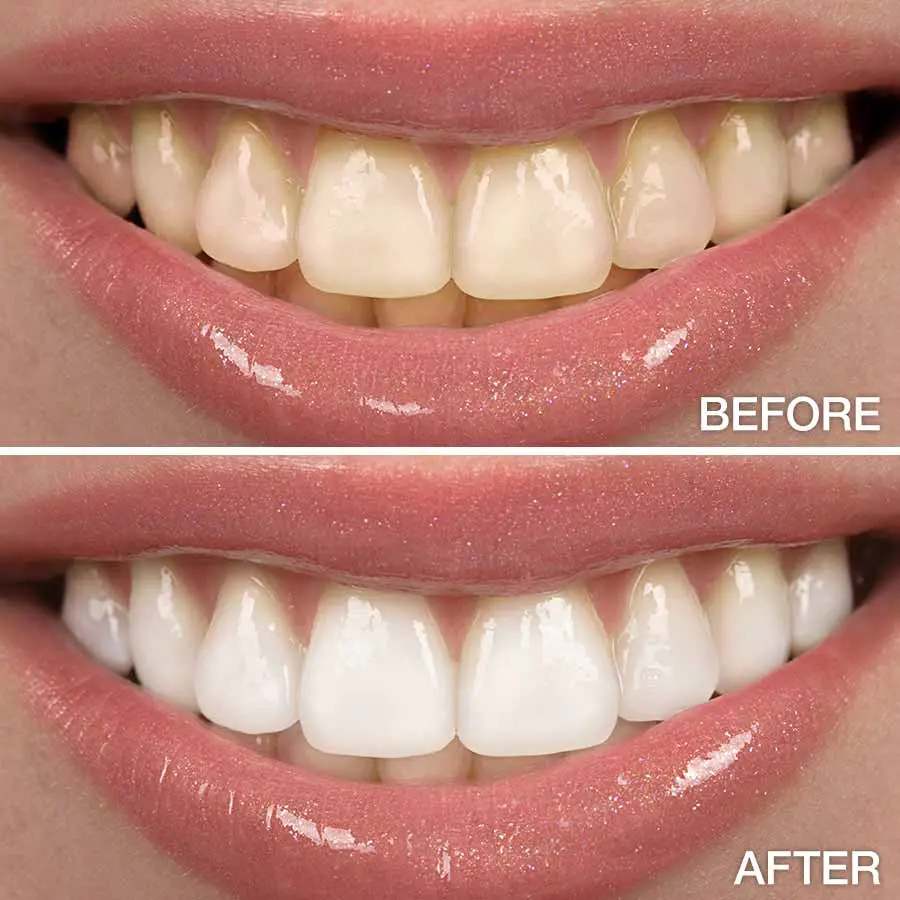
Enhanced Aesthetics
Full-mouth rehabilitation can greatly improve the smile’s appearance. It addresses cosmetic concerns such as stained or discolored teeth, chipped or cracked teeth, gaps, or misaligned teeth. Procedures like teeth whitening, dental veneers, or dental bonding can create a more attractive and confident smile.
Increased Self-Confidence
A healthy and beautiful smile can boost self-esteem and confidence. Full-mouth rehabilitation can help patients feel more comfortable and confident in social interactions, professional settings, and everyday life.
Improved Quality of Life
Full-mouth rehabilitation can significantly improve a patient’s overall quality of life. It enables them to enjoy a healthy and functional smile, eat a varied diet, speak clearly, and feel confident in their appearance. This can positively affect social interactions, professional opportunities, and overall well-being.

Cosmetic Dental Procedures
Dental Veneers
Dental Bonding
Dental Implants
Gum Contouring
Benefits of Cosmetic Dentistry
Improved Smile Aesthetics
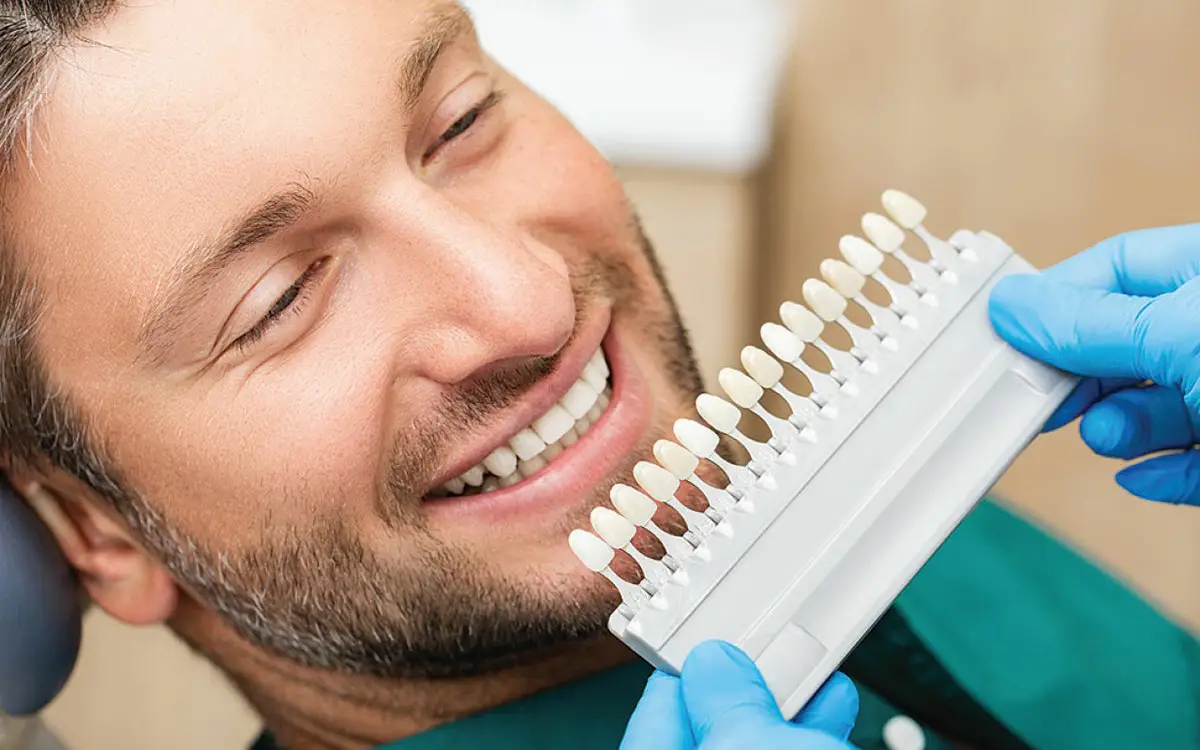
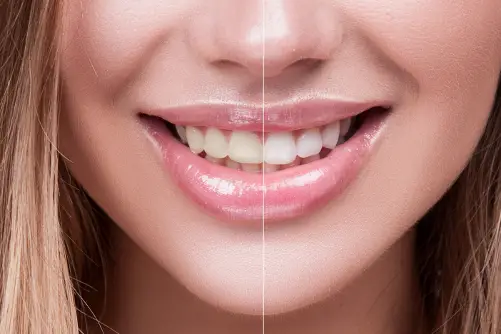
Boost in Self-Confidence
Enhanced Dental Function
Preservation of Tooth Structure

Tooth-colored fillings, also known as composite fillings, are dental restorations used to repair cavities or tooth damage. Unlike traditional silver amalgam fillings, tooth-colored fillings are made from composite resin materials that closely match the tooth’s natural color, resulting in a more aesthetically pleasing and natural-looking restoration. At Sage Brush Dental Health, tooth-colored fillings offer functional and aesthetic advantages, providing a reliable and natural-looking solution for restoring tooth decay or damage. Your dentist in Hutchinson, KS, can evaluate your specific dental needs and recommend the most appropriate filling material for your case.
The Procedure for Tooth-Colored Fillings
The dentist will administer a local anesthetic to numb the area around the tooth to ensure a comfortable procedure. The decayed or damaged portion of the tooth is removed using dental instruments or a laser. The tooth is then cleaned and prepared for the filling. The dentist will etch the tooth surface and apply a bonding agent to enhance the adhesion of the filling material. The composite resin material is applied and carefully shaped to match the natural contours of the tooth. Each layer is hardened or cured using a special light. Once the filling is complete, the dentist will smooth and polish the surface to blend seamlessly with the surrounding tooth enamel.
Common Uses of Tooth-Colored Fillings
Dental Cavities
Tooth-colored fillings are commonly used to treat dental cavities. After removing the decayed portion of the tooth, the composite filling material is applied to fill the cavity and restore the tooth’s shape and function.
Tooth Damage
Tooth Wear
Cosmetic Contouring


